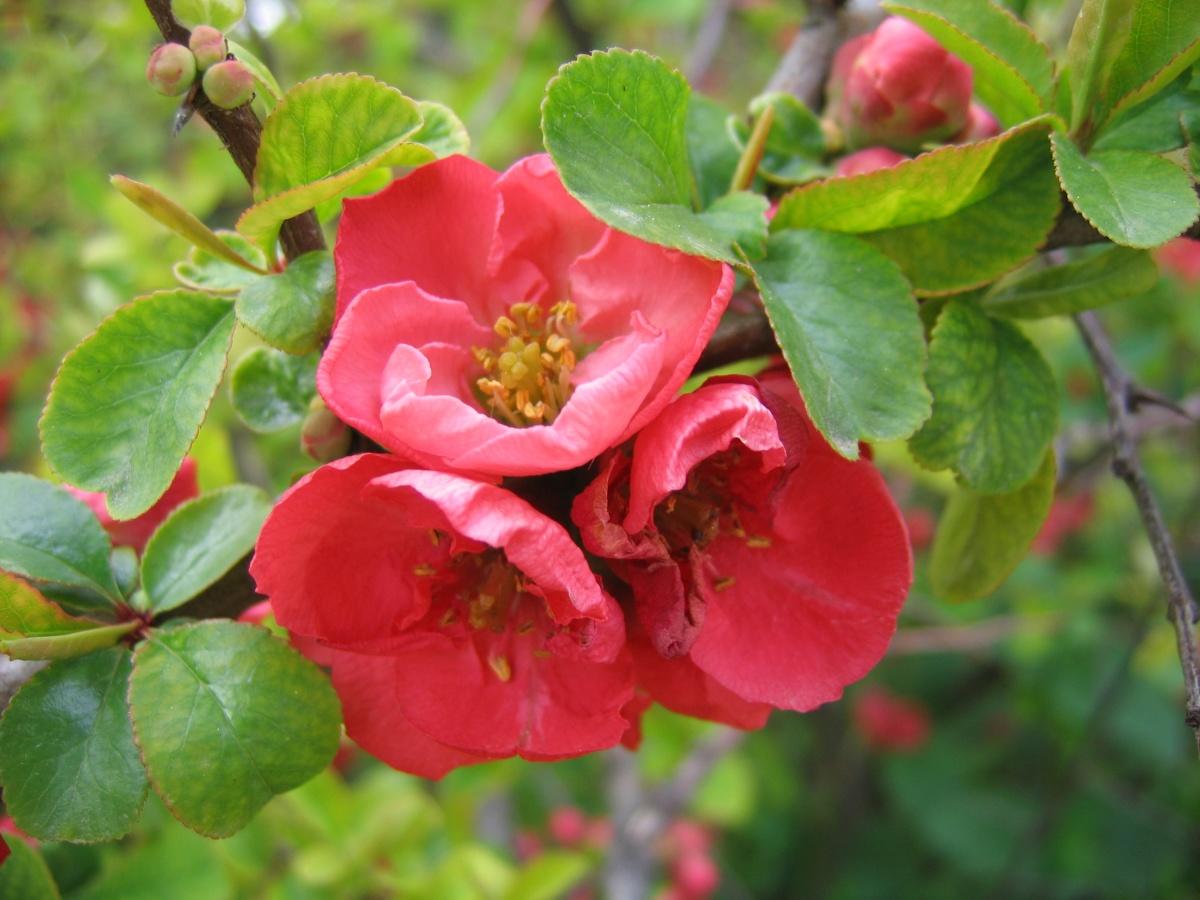
The life span and decorative value of the plant depend on proper and timely pruning. The timing of pruning is closely related to the characteristics of the type and flowering of plants.
Pruning terms
So, woody trees and shrubs that bloom in winter and spring (flowers, inflorescences on the shoots of the previous year) are cut after flowering. In the first half of summer, they successfully form new shoots that will be laid in the flower buds of the next year.
Cut the withered shoots to the developed buds or young lower shoots. From deciduous shrubs that produce new shoots at ground level, cut the withered shoots to the young side branches or to the lower buds developed on the bush to stimulate growth.
Plants that bloom in summer or autumn, as a rule, lay flower buds on the shoots of the current year. Pruning of these trees is carried out in late autumn or early spring-before budding.
Remove thickening and intersecting shoots, preserving the typical shape of the plant. Pruning is carried out annually to the level of last year’s crop. From dwarf shrubs and adult plants, cut the withered stems close to the ground.

Types of pruning
You should distinguish between strong and weak pruning. Strong pruning leads to a large number of flowers, weak-to a large number of small flowers. Special skill and care should be taken when pruning branches, as well as when determining the proportions of all shrubs relative to other breeds.
As a rule, the following types of pruning are distinguished:
- formation-promotes the creation of a certain type of crown with a given density;
- reference, or normative — it allows you to maintain the crown setting and the optimal level of illumination of all its sections, to preserve a particular shape;
- anti-aging – it effectively stimulates the growth of new young branches and old plants;
- regeneration is aging or the impact of adverse environmental conditions on the ability of plants to grow, bloom, and bear fruit;
- sanitary-allows you to remove faded flowers, dead, sick, damaged and crossed branches, helps to give the crown of the plant a neat shape.
Broken branches during a thunderstorm are removed as soon as possible.
When transplanted, shrubs with an open root system are often damaged, and light pruning helps balance the amount of moisture evaporating from the leaves and roots obtained from the soil.

Features pruning different types of plants
In weeping forms fast-growing species, the branches are exposed quite quickly, so they are removed, which causes the appearance of healthy young shoots.
Very carefully, you need to trim the bushes with differently colored shoots and leaves, as they tend to return to their original color. If this happens, the branches are immediately removed at the base. Variegated forms grafted into the crown are rejuvenated by very moderate pruning.
Evergreen shrubs need less pruning than deciduous ones. With the exception of evergreen shrubs in flower borders and hedges, although in this case it is more appropriate to talk about pruning. If the need for pruning still arises, it is carried out at the end of flowering.
When the branches of evergreen shrubs are exposed, a hard pruning is used, which must be carried out before the buds open, so as not to cause an undesirable shortening of the growth period of the shoots.
General rules for making cuts when cutting
When pruning, it is unacceptable to work with rusty tools.
Shortening the shoots, you need to constantly ensure that the cut has a well-developed vegetative, and not flower buds. The ideal cut should start at the base of the buds on the opposite side and end at the top.
Too long cuts produce large wounds.
If you cut the shoot too low, the buds will not grow.
Before removing the large, heavy branches, you should cut as many small branches and branches located on them as possible, and then cut them into pieces. This is usually done in three stages:
- First, make a cut at a distance of about 30 cm (11.8 inch) from the trunk. Cut until the hacksaw begins to jam;
- Secondly, make the upper part at a distance of 2.5-5 cm (1-2 inch) from the first and thus remove the branch;
- The third remaining stump, holding with one hand, cut a ring parallel to the main branch.
The meaning of such actions is to prevent splitting of wood and stripping of bark strips. Otherwise, it is easy to provoke the formation of dangerous deep wounds and severe damage to the tree.
The edges of large sections should be carefully cleaned — this will help them to overgrow as quickly as possible. Sections that are not made at the base of the branches are rarely overgrown.
The sections should not have grooves in which moisture can accumulate. They cover the outer putty or resin.
The putty should be sterile, antiseptic and water-resistant, so that spores and microorganisms that have already fallen on the surface of wounds die, and new ones can not live. The putty is intended to be applied to a dry surface 20 minutes after cutting, but not later than 24 hours. It is not recommended to use creosote and tar as putty.
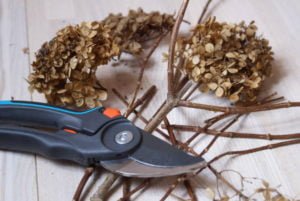
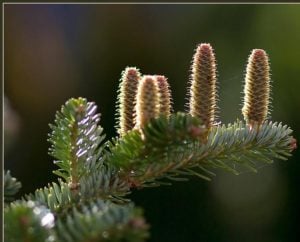
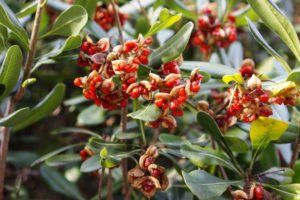
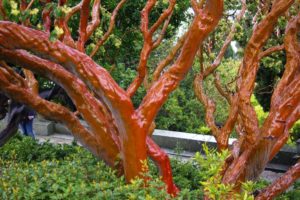
Leave a Reply